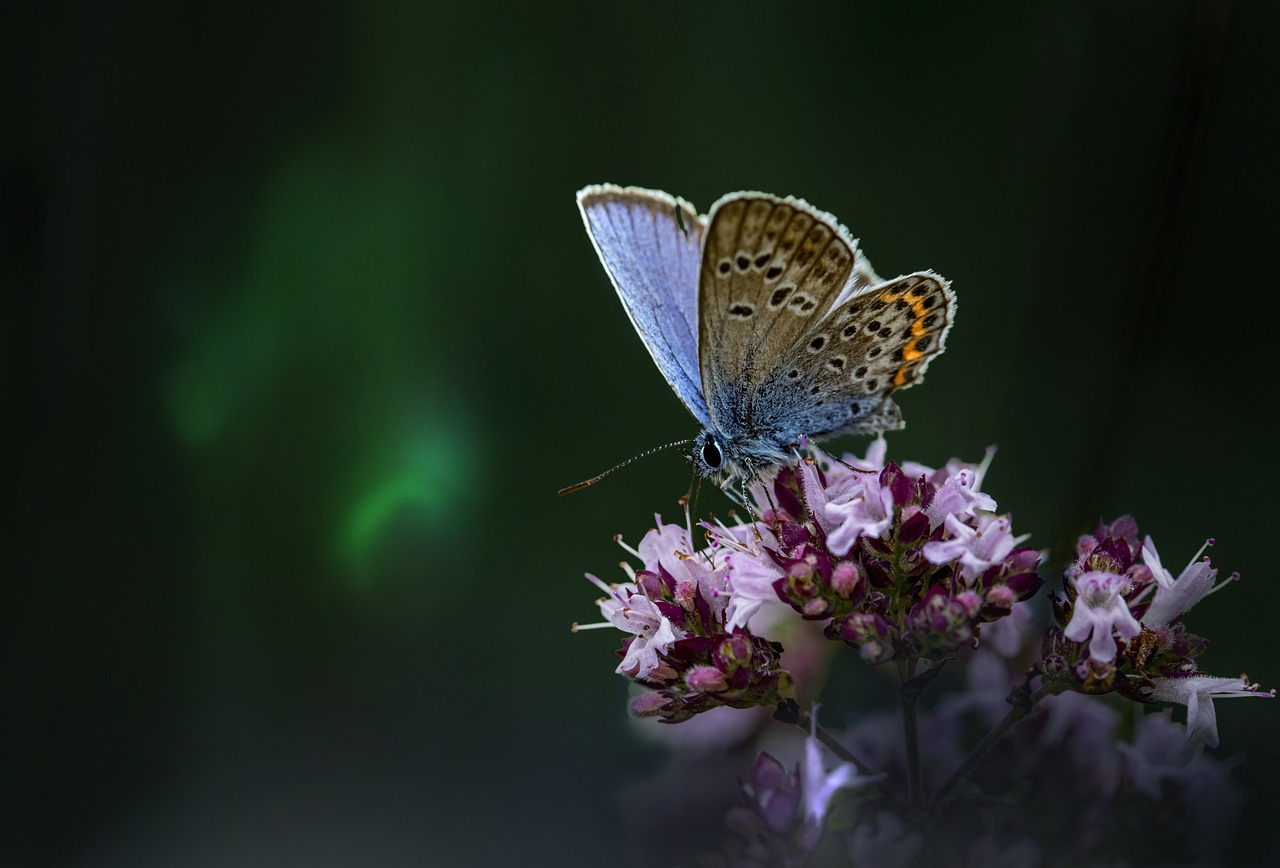That is a beautiful and somewhat local butterfly! The Mazarine Blue (Cyaniris semiargus) is a charming species of butterfly belonging to the Lycaenidae family (Blues, Coppers, and Hairstreaks). It is notable for the deep, uniform blue of the male’s wings and its specialized feeding habits.
Here is a deep review of its key characteristics, biology, and conservation status.
🦋 Mazarine Blue (Cyaniris semiargus) Deep Review
1. Identification and Morphology
| Feature | Male (Mature) | Female |
| Size | Small-to-medium butterfly, with a wingspan of 28–35 mm. | Similar size. |
| Upperside Coloration | Strikingly uniform deep violet-blue or mazarine blue. The wings usually have a fine black border and lack the dark spots found near the margins of many other blue species. This lack of marginal spotting is a key identification feature. | Dull dark brown or brownish-black. Some regions may show a slight blue basal scaling, but they are generally less ornate than the males. |
| Underside | Pale grayish-brown or light fawn. The wings feature small, distinct black spots ringed with white. | Similar to the male’s underside. |
| Unique Underside Mark | Lacks the row of submarginal spots (marginal black dots) often found on the underside of other common blue butterflies (like the Common Blue), which aids identification. |
2. Habitat and Distribution
- Geographic Range: Wide distribution across the Palaearctic region, spanning from Western Europe (where it has declined) eastward through Central Asia and Siberia to the Russian Far East.
- Habitat Preference: The Mazarine Blue is a specialized butterfly with specific habitat requirements tied closely to its host plants:
- Primary Habitats: Calcareous grasslands, dry or semi-dry meadows, clearings in scrubland, and open woodland rides.
- Requirement: It particularly favors areas with sparse vegetation and good sun exposure, often found in hilly or mountainous terrain in its southern range.
- Decline in Western Europe: This species has suffered significant range contraction and population decline in many parts of Western Europe (like the UK, where it is extinct, and Germany) due to intensive agriculture, land drainage, and the destruction of flower-rich grasslands.
3. Life Cycle and Ecology
The Mazarine Blue is typically univoltine (one generation per year) in its cooler northern and central European range, but it can be partially or fully bivoltine (two generations) in warmer southern regions.
- Adult Flight Season: Typically flies from late May to early July.
- Larva (Caterpillar): The caterpillars are small and often reddish-brown or greenish, covered in short hairs. They are difficult to find as they usually feed inside the flower heads or developing seed pods.
- Host Plants: The larvae are specialists, feeding mainly on the flowers and seeds of plants in the Trifolium genus (Clovers):
- Primary Host: Red Clover (Trifolium pratense).
- Other Hosts: Kidney Vetch (Anthyllis vulneraria) and various trefoils and melilots.
- Myrmecophily (Ant Association): The larvae of the Mazarine Blue, like many members of the Lycaenidae family, are myrmecophilous. They possess special glands that secrete a sugary fluid (“honeydew”) which attracts and rewards ants. The ants, in turn, provide protection to the vulnerable caterpillars from predators and parasites.
- Overwintering: The species typically overwinters as a small larva in the low-lying vegetation close to the ground, before commencing feeding in the spring.
4. Conservation
- Threats: The primary threat is the loss of species-rich meadows and the decline of its key host plant, Red Clover, due to habitat destruction and the heavy use of fertilizers that encourage taller, more dominant grasses.
- Conservation Status: While widespread globally, it is classified as Endangered or Extinct in several national and regional red lists, emphasizing the need for focused habitat management that preserves flower-rich, extensively managed grasslands.
Visited 830 times, 19 visit(s) today
Views: 1468
Subscribe to the newsletter:
